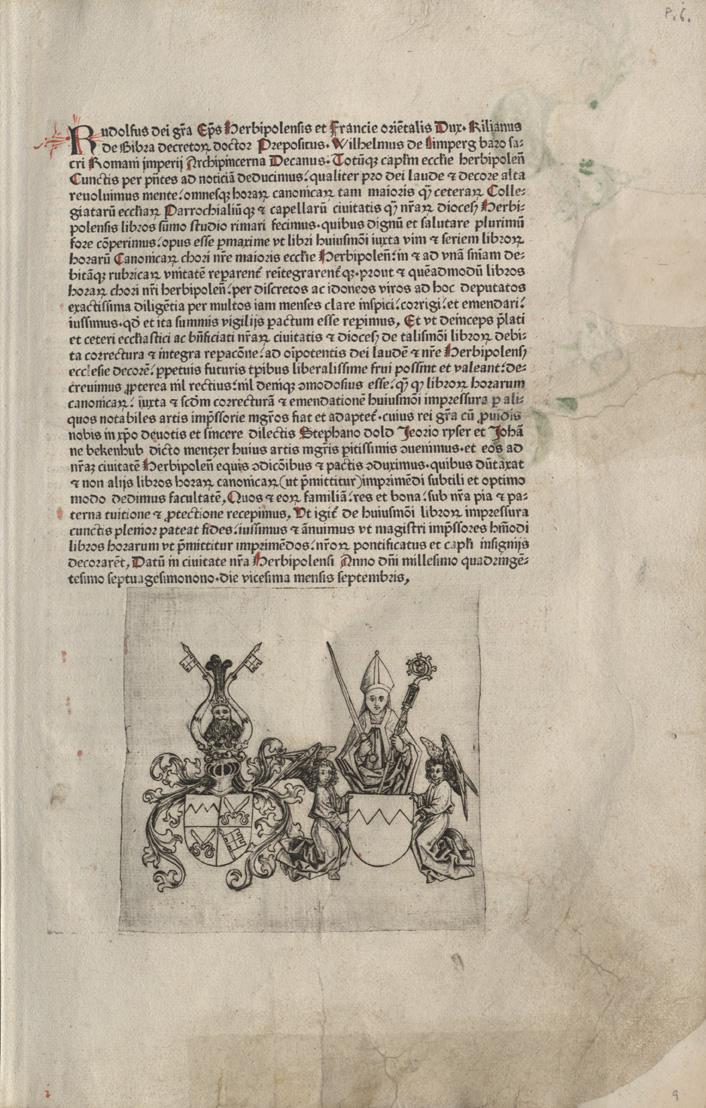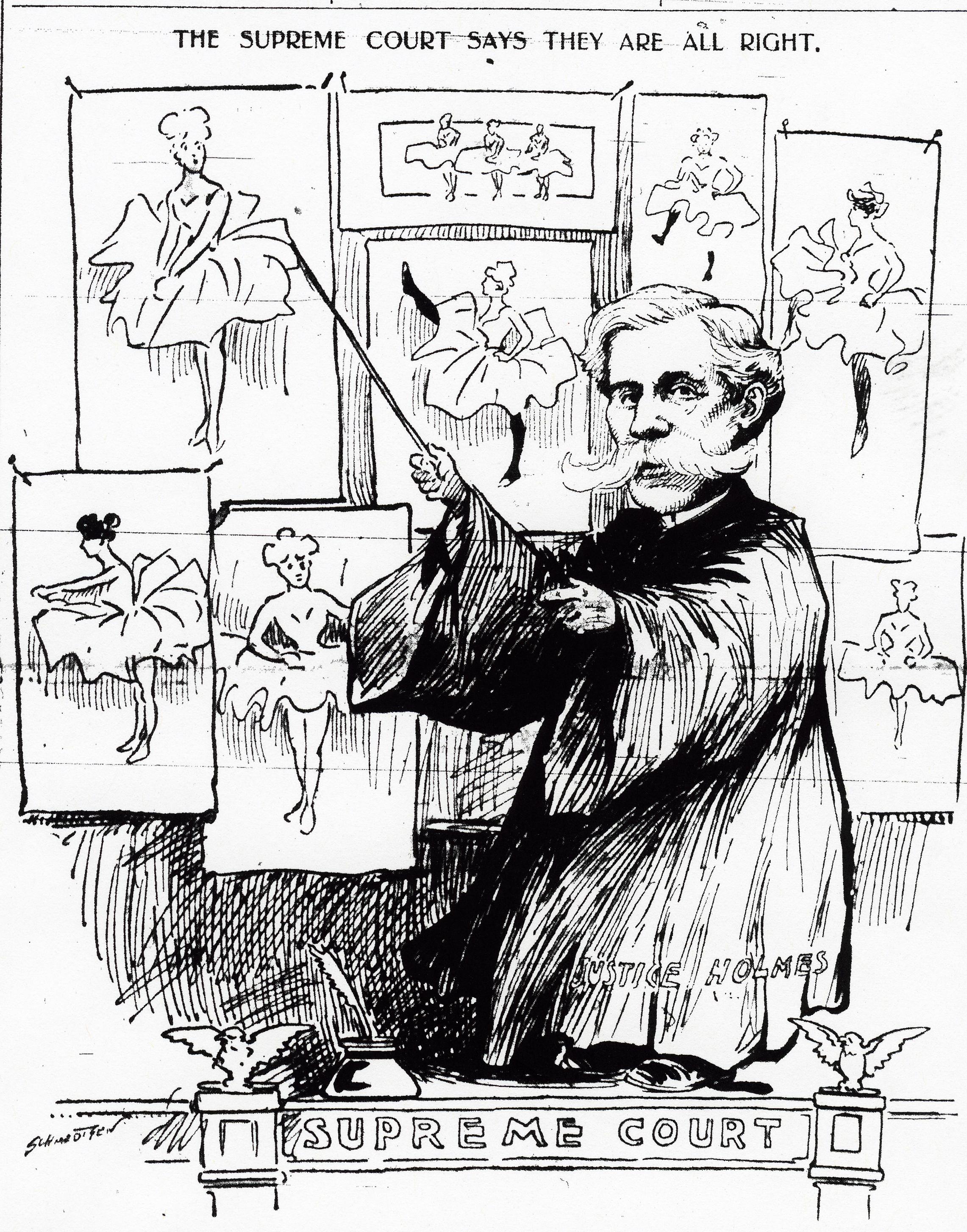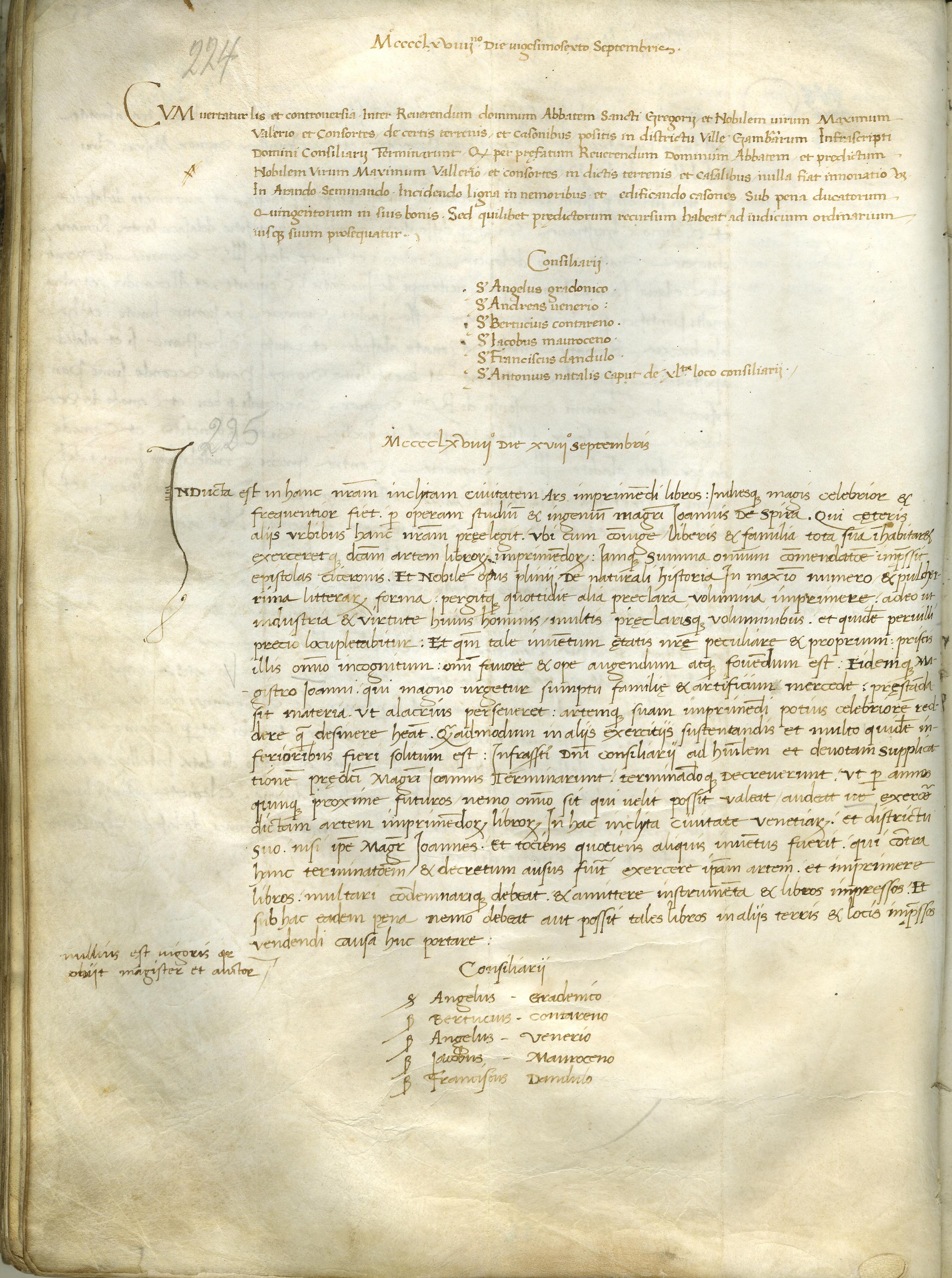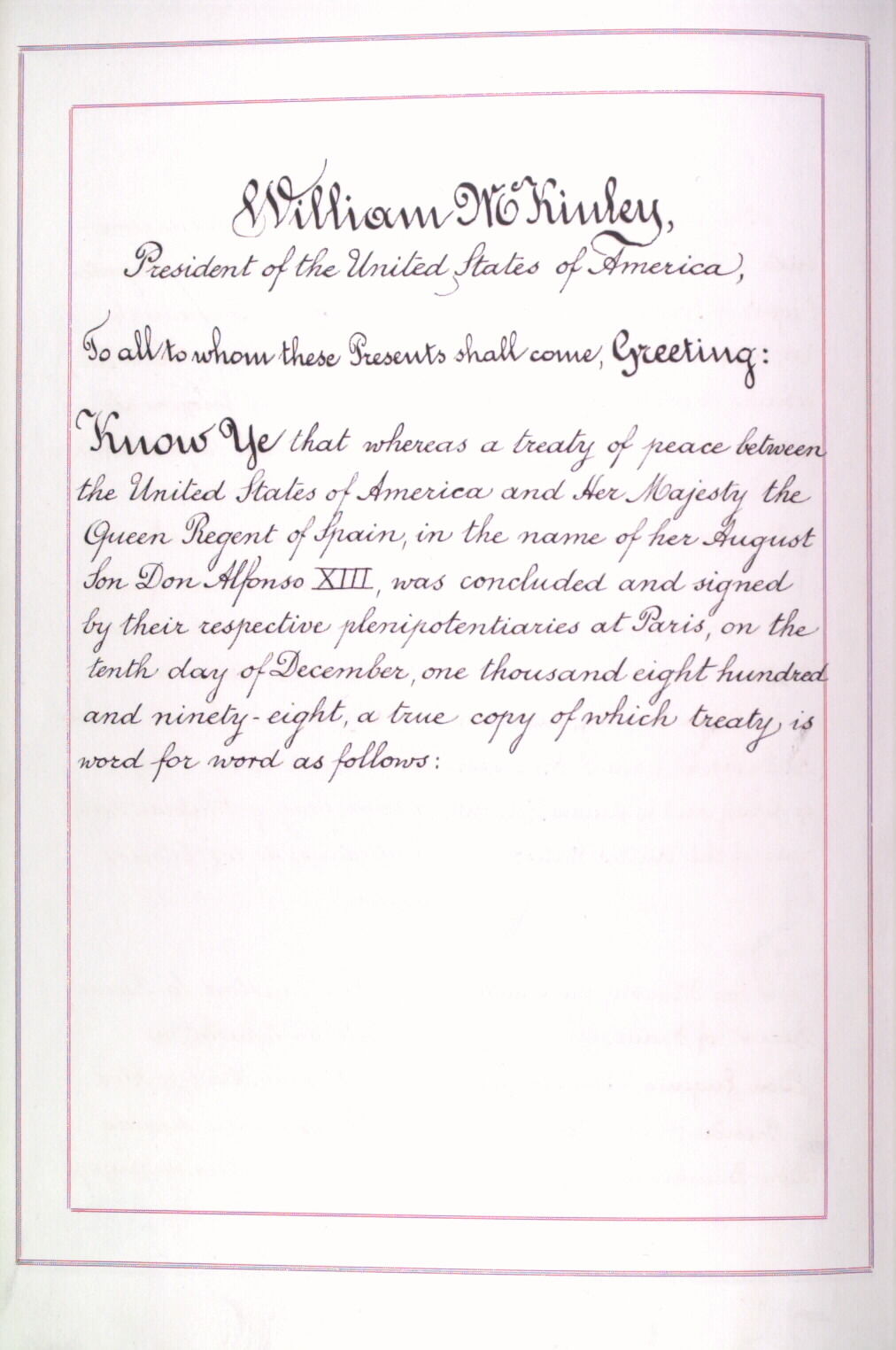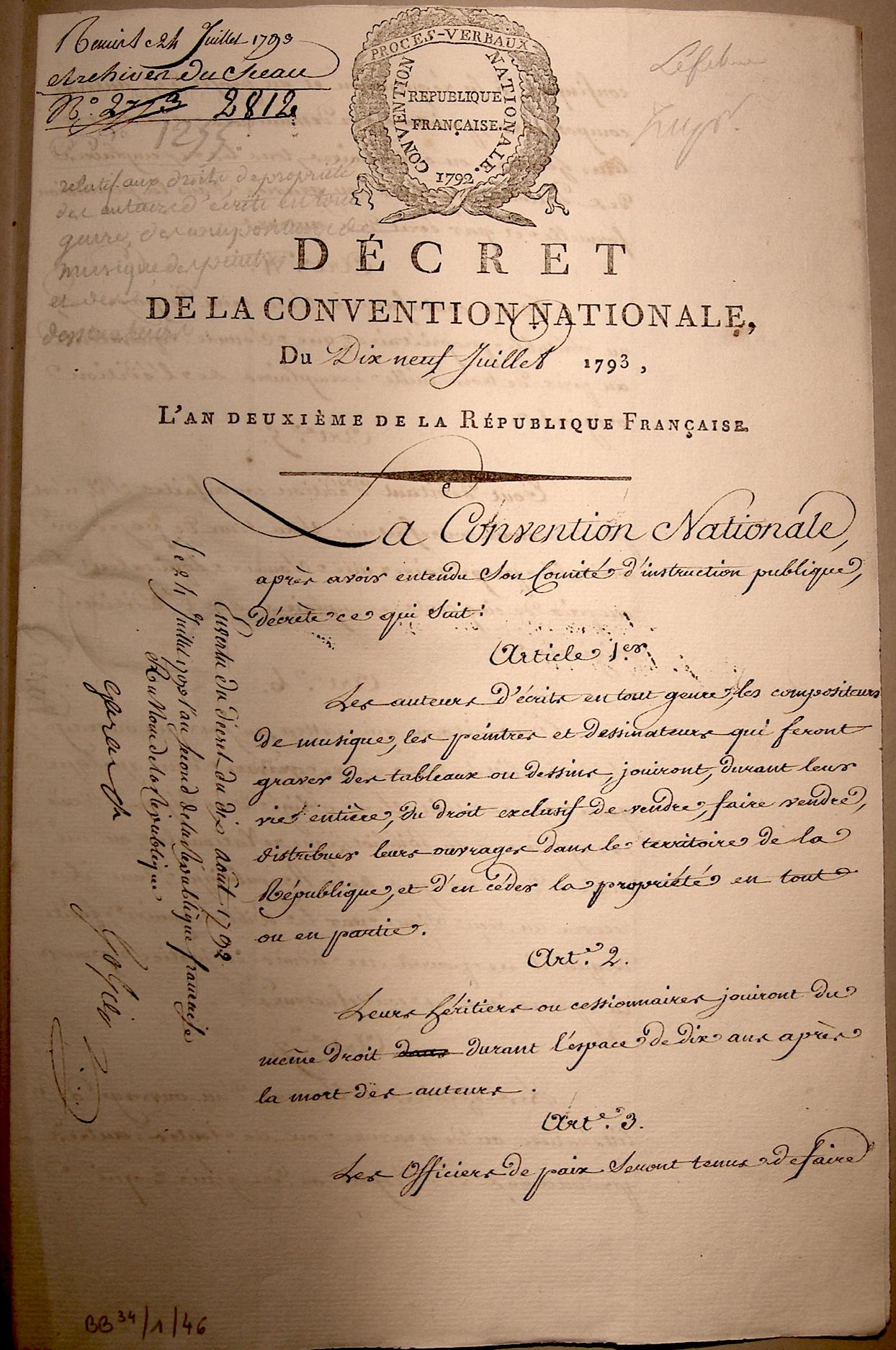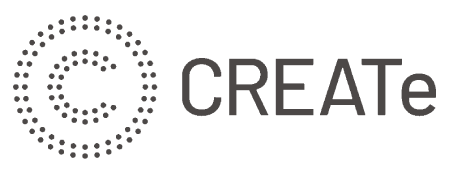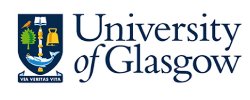PRIMARY SOURCES
ON COPYRIGHT
(1450-1900)
Source: Kong Christian den Siettes Allernaadigste Forordninger Og Aabne Breve For Aar 1741. Kjøbenhavn, Trykt hos Directeuren over Hans Kongel. Majestets. og Univ. Bogtryekkerie, Johan Jørgen Høpffner. The Danish National Archives.
Citation:
The Danish Copyright Ordinance, Copenhagen (1741), Primary Sources on Copyright (1450-1900), eds L. Bently & M. Kretschmer, www.copyrighthistory.org
Back | Record | Images | Commentaries: [1]
Translation only | Transcription only | Show all | Bundled images as pdf
2 translated pages
Chapter 1 Page 3
[Page 3]
1. Ordinance
It is forbidden to publish, reprint or import reprints, or to possess any book or writing which has been lawfully acquired by another person.
We, Christian the Sixth, by the grace of God, King of Denmark and Norway, Benders and Goths, Duke of Schleswig, Holstein, Stormarn and Ditmersken, Count of Oldenburg and Delmenhorst, make the following known to all:
Since it has come to our knowledge that book printers in our royal town of Copenhagen have repeatedly reprinted a number of books which had previously been published by different printers in different ways, to the detriment of those who had incurred certain expenses as a result of the efforts they had put into the printing of the first editions, either through translations, corrections, improvements or in any other way. We have therefore deemed it expedient, in order to prevent this otherwise useless and wholly unjust act of reprinting among book printers,
Chapter 1 Page 4
[Page 4]
to command and forbid that anyone should dare, as we command and forbid, to attempt to print, import, or be in possession of any book or writing which another person has lawfully acquired (justo titulo) as a gift, donation, or by purchase, or in any other [lawful] way, or if he has incurred considerable expense in having it translated, improved, or altered in any way. Any such writing so acquired, or in any other lawful manner, shall always belong to him as his own, and no other person shall take it for himself, or use it by reprinting, without incurring the penalty of confiscation of all copies, and other discretionary penalties. Unless express permission and full compliance can be arranged with the authors or the first printer. Excluded from this, however, are the prescribed books of psalms, the Catechism of Martin Luther, ABC books and other books printed earlier, where the rightful owners have died without their heirs having a special privilege, or where the author or first publisher, even if still alive, has let it expire within a certain period of not more than one year, six months or three months, depending on whether the work was large or costly, and has not undertaken to reprint it after the first edition has been sold out. For in such a case, other persons must be allowed to publish the same writing, since it is to be assumed that the rightful owner has relinquished his right to it because of the long delay. Thereafter, all parties concerned are requested to take note of this and to abide by it. Written at our castle at Christiansborg, in our royal city of Copenhagen, this 7th day of January, 1741.
With our royal hand and seal.
Christian R.
Translation by: Mersiha Bruncevic

